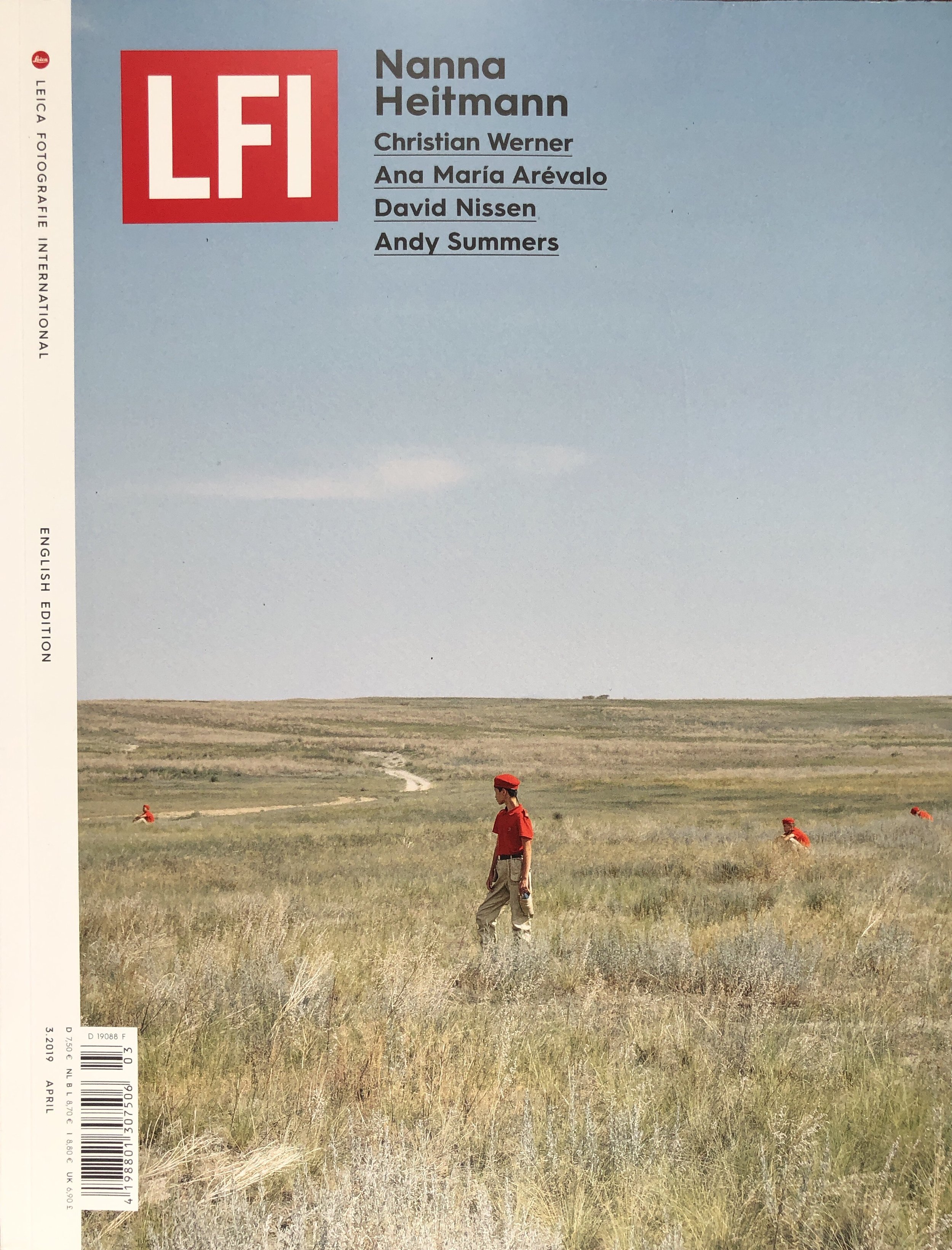This isn’t an issue for most people yet but just letting you know how to get a printed manual for your Leica Q2. The camera doesn’t come with a printed manual but one can be ordered at the Leica support page for the Q2. It comes from Germany and is free for users with a serial number from the camera.
This is probably going to be the new normal for most camera companies. Electronic manufacturers have been requiring users to download manuals for years. It makes sense but it is nice to have a printed manual. The manuals might even become collector items in the future because of their scarcity. Seems like anything with the Leica or Leitz name on it has some value to it.
I have been saying for years that Leica should have a dedicated section on their site on detailed instructions on how to use their equipment. Especially for the rangefinder cameras. They are so different than other cameras that new users are not aware of the hidden features of the cameras. I have always wanted to do a training class for Leica products but have been talked out of doing this because of the small user base that Leica currently has. The Leica stores are a great place to learn the basics but I would like to help the Leica community with more in-depth instruction. If I got interest maybe someday.




















